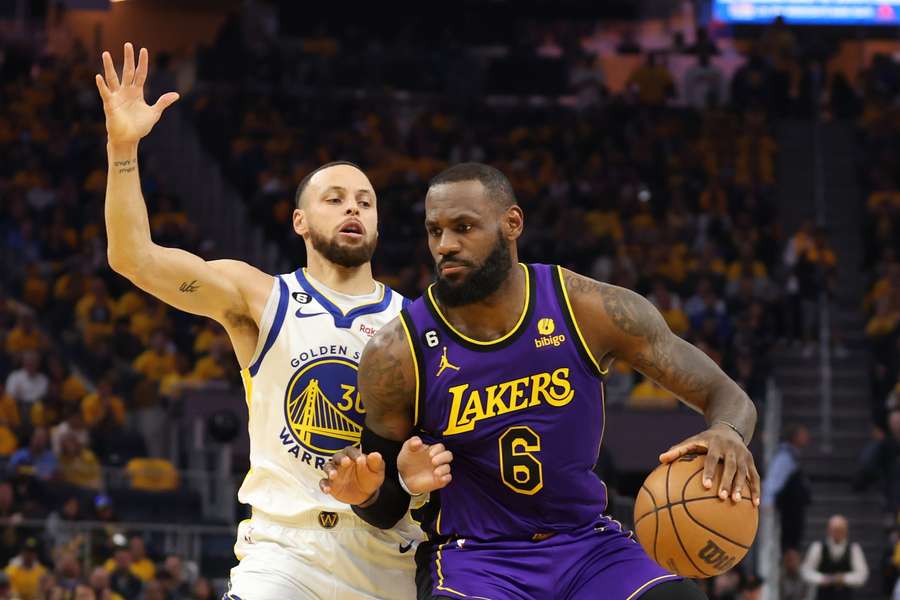NBA owners set to toughen rules on resting star players

LeBron James of the Los Angeles Lakers and Kawhi Leonard of the Los Angeles Clippers are among those who have been strategically rested during prior seasons by their clubs.
The league defines a star player as anyone who has been on an NBA All-Star or All-NBA squad over the three previous seasons, or after an All-Star Game in the same season.
Restricting rest for star players during in-season tournament and nationally televised games is a boost for NBA telecast partners as they prepare to negotiate new media rights deals, ensuring games expected to have big name talent are not undercut by stars sitting out.
The Player Participation Policy vote gives the league office more oversight and power to punish violators, according to ESPN and The Athletic, with fines of $100,000 for a first violation, $250,000 for a second and each addition fine costing $1 million more.
Under the new rules, recommended by the NBA competition committee, teams cannot shut down a star player or have him play a greatly reduced role in a manner impacting the integrity of the game.

A league integrity concern could be that teams might rest top talent knowing that late-season losses by a team out of playoff contention could improve position in the NBA Draft.
Independent league office investigations, including medical reviews, will be part of enforcing the resting policies when teams do not demonstrate an approved reason for a star player to be absent.
Teams are given the responsibility to manage rosters so no more than one star player is unavailable for a contest and must ensure stars are available for national telecast games as well as the new in-season tournament starting in November.
Healthy players resting for a game must be visible to spectators and at games.
Teams must balance the number of single-game absences of star players between home and road games.
The league said there are exceptions to the participation policy for personal reasons, injuries and pre-approved absences based upon a player's age, career workload or serious injury history.

